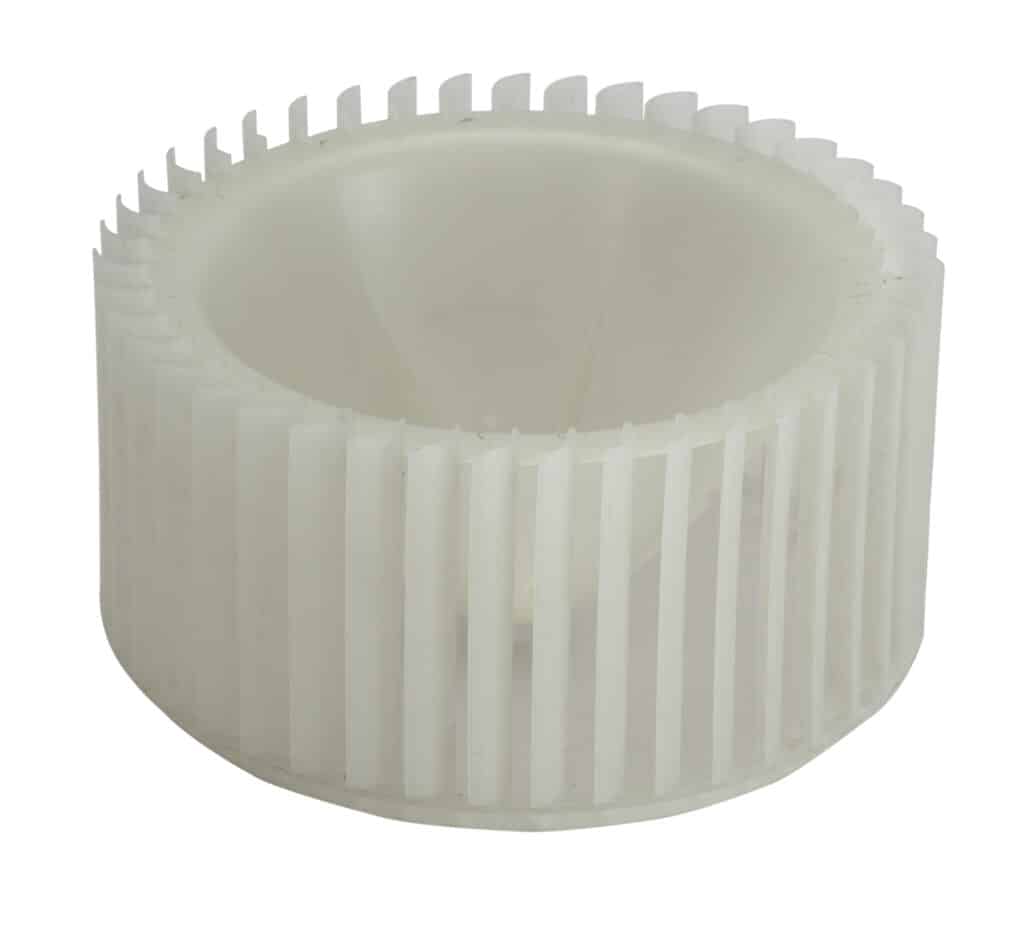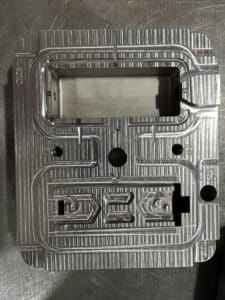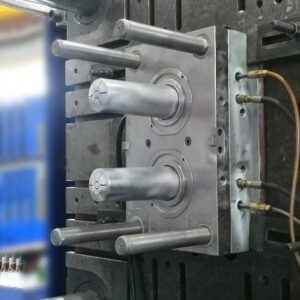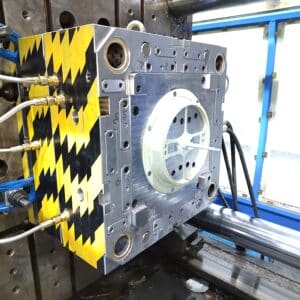The so-called parting surface is the surface where the die is opened to take out the product. The selection of parting surface is also the first step in die design, which is affected by many factors such as shape, appearance, wall thickness, dimensional accuracy, number of die holes, etc. The general product is in hand, and the large parting surface is sure you have no problem with it. For many side core pulling, or referring to pillow position, bump through, insertion. It’s controversial. Sometimes it’s not easy to choose. So let’s talk about how to choose the parting surface.
Generally speaking, the selection of parting surfaces follows the following principles:
1: Meets product demoulding requirements
The parting surface is just for the product to take out the mould smoothly. Therefore, it is a basic principle that the position of parting surface should be selected where the product section size is the largest.
2: Orientation determination
In determining the orientation of the product in the die, the selection of parting surfaces should try to prevent the product from forming side holes or side fasteners and avoid the use of complex die structures.
3: Shape of parting surface
Generally speaking, a parting surface perpendicular to the direction of opening movement of injection moulding machine is often used for general products, and other shapes are only used for special cases. The shape of parting surface is based on the principle of easy machining and demoulding. For a product like this bend, the curvature of its bend must be used to classify it.
4: Ensure product appearance and quality
The parting surface should not be selected on the smooth surface of the product. The appearance surface generally does not allow the appearance of clamped lines and other lines that affect the appearance; For some products with concentricity requirements, the parts with concentricity requirements must all be placed on the same side to ensure concentricity.
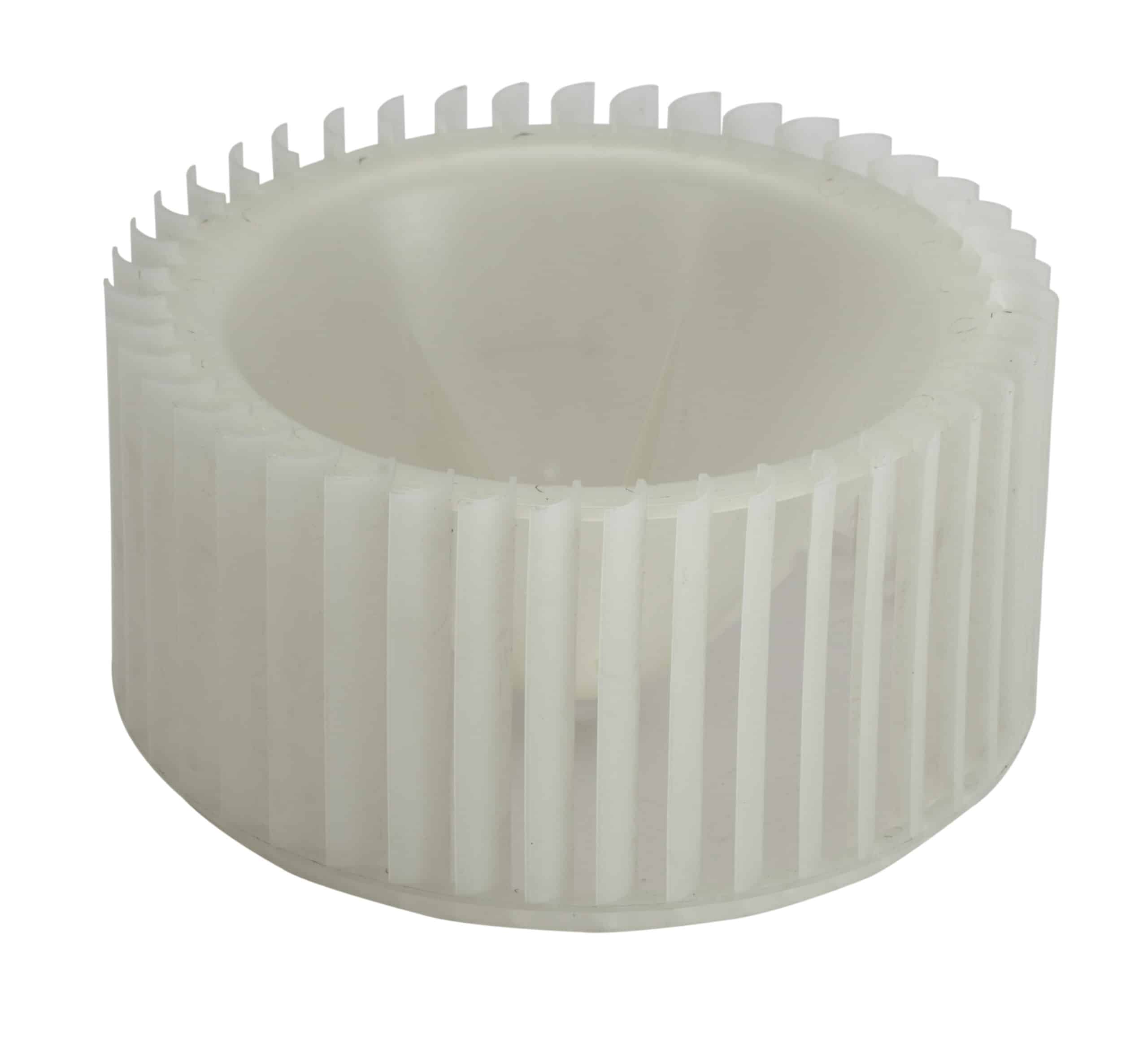
Plastic Fan Mold
5: Facilitates demoulding
Generally, the demoulding mechanism of the die is dynamic, so when choosing the parting surface, it is necessary to keep the product in the dynamic die as far as possible. Therefore, in some places where it is possible to stick to the die, we usually add a die-assisted release mechanism.
6: Consider the lateral opening distance
Generally, the distance of lateral mechanical die opening is relatively small. Therefore, when selecting the parting surface, the direction of long core-pulling distance should be selected in the direction of opening and closing of front and rear moulds, and the direction of short should be regarded as lateral parting.
7: Consideration of locking force
For large products with large projection area, the direction of large projection area should be placed in the direction of front and rear die opening and closing mode, while the smaller projection area should be considered as lateral classification.
8: Good for exhaust
When the parting surface is used as the main exhaust gas, the parting surface should be designed at the end of plastic flow to facilitate exhaust gas.
9: Easy tooling parts
When choosing parting surface, the die should be divided into parts which are easy to machine, so as to reduce the difficulty of machining.
10:R TYPE
For many products, there is a full circle of R angle at the parting surface, at which point the parting must take into account the best R type and no sharp side can appear.


